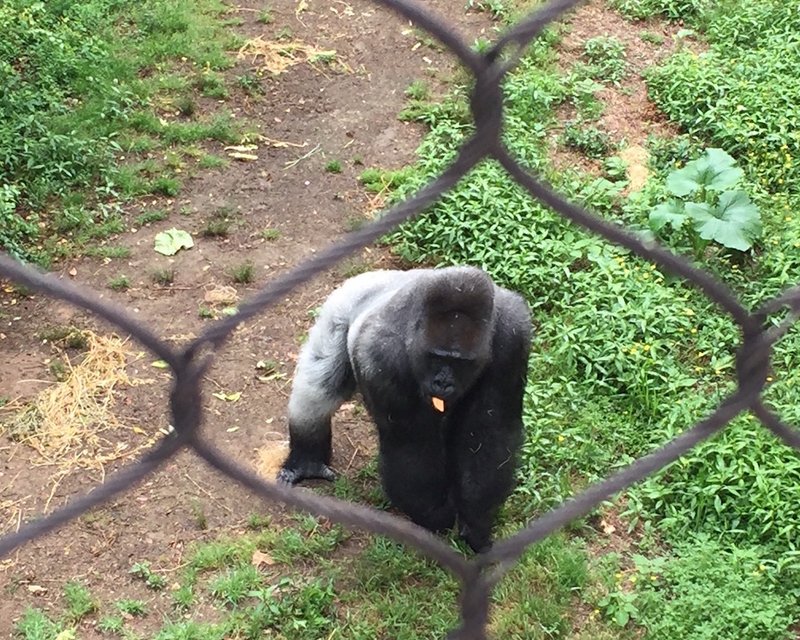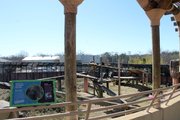The Little Rock Zoo said one of its affiliated zoos in Cincinnati made a tough, but justified decision in killing a gorilla after a 3-year-old boy fell into its enclosure over Memorial Day weekend.
The fatal shooting of Harambe, a 17-year-old western lowland gorilla at the Cincinnati Zoo, on Saturday has led to questions about protocol at zoos, particularly when it comes to potentially deadly encounters with people and animals.
“It just was the right moment, the right time, the right scenario for them to shoot and kill him when they did in order to save the child’s life,” said Susan Altrui, assistant director of the Little Rock Zoo.
Saturday’s incident was reminiscent of a Little Rock Zoo encounter in which a 3-year-old boy suffered serious injuries after falling into the jaguar enclosure in October 2014 — the only reported incident of its kind in the zoo’s history.
In that case, however, zoo officials were able to keep the jaguar away from the boy using fire extinguishers until he was rescued rather than killing the animal.
The gorilla encounter in Cincinnati also reignited discussions over whether zoos are properly equipped with the necessary barriers to keep visitors from falling into dangerous exhibits.
For the Little Rock Zoo, work had already been completed on safety upgrades before the gorilla's death, in large part because of the fall at the jaguar enclosure.
Chain-link style netting, from the base of viewing areas to the tops of covered walkways, now extends across the zoo's big cats and great apes exhibits as a secondary barrier beyond the existing metal bars.
Work began late last year, and the project was completed this spring.
No additional safety upgrades to the Little Rock gorilla exhibit are in the works at this time, Altrui said.
“We haven’t changed anything. We feel that our exhibits are safe,” she said.
The Little Rock Zoo, as with all zoos accredited by the Association of Zoos and Aquariums, has an emergency response team that is designed to handle such scenarios as well as other situations in which an animal escapes from their enclosure. The team participates in training on a monthly basis, according to the zoo.
“If there was a situation where we had human life at stake, we would also put down an animal,” Altrui said.
Altrui said that in life-threatening situations, use of a tranquilizer to sedate a zoo animal can cause more harm than good in scenarios like the one in Cincinnati.
"If they had shot [Harambe] with a tranquilizer, it's possible that he could have become aggressive toward the child and killed the child," she said, adding that, "a lot of times you can shoot an animal with a tranquilizer and it not work at all."
Altrui said that while video clips may not show the gorilla behaving in what many would call aggressive fashion, the primate’s mannerisms toward the boy were still creating a life-threatening situation.
“Even if you take a look at just the small snippets that have been released to the public, you can see him thrashing the boy around, dragging him around,” she said. “It is not a calm situation.”
Meanwhile, animal-welfare groups such as Cincinnati-based Stop Animal Exploitation Now! are fighting against the zoo's decision to kill Harambe.
If the Cincinnati Zoo had allowed the gorilla to kill the child, Altrui said, the community would be having a much different discussion — one that still took aim at the zoo.
“Critics saying that the child should have died rather than the gorilla is just wrong. I think that it is baseless,” she said. “And so far, we have not seen any evidence to the contrary that there were other options.”

